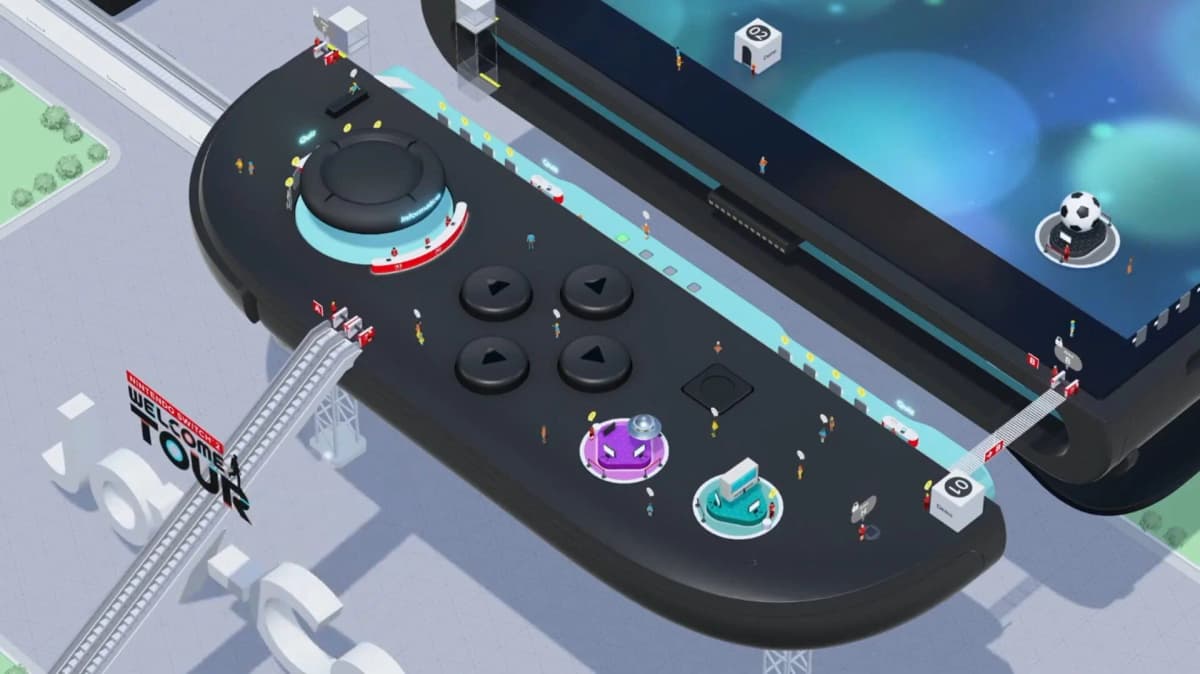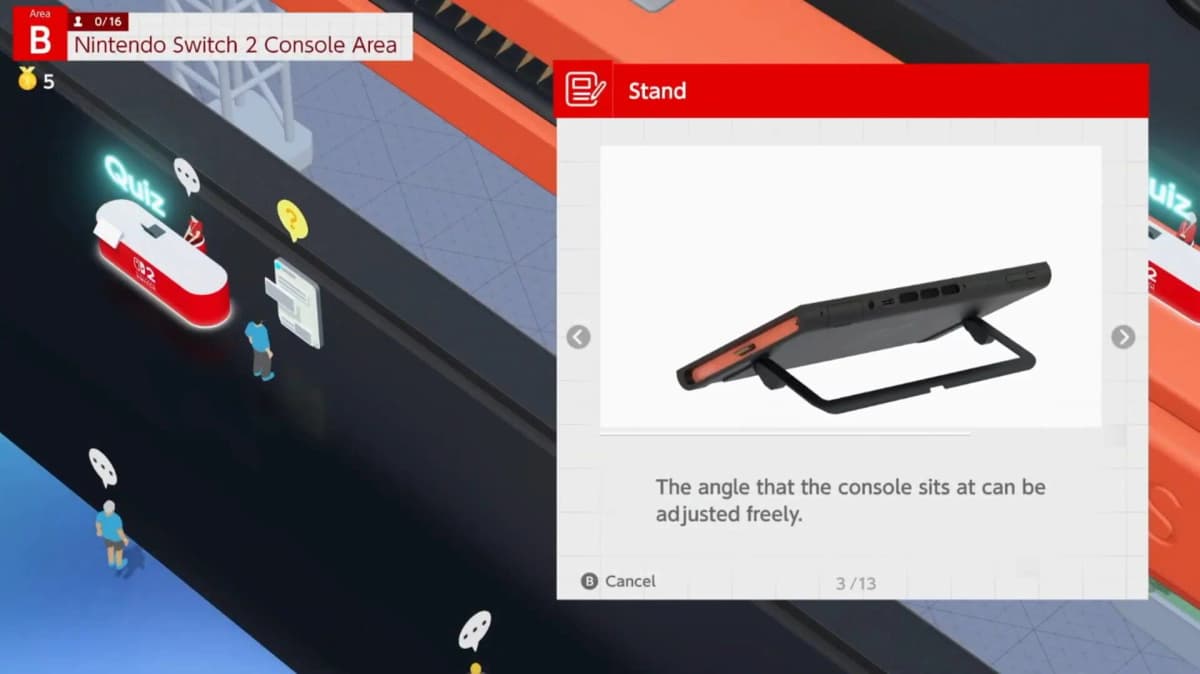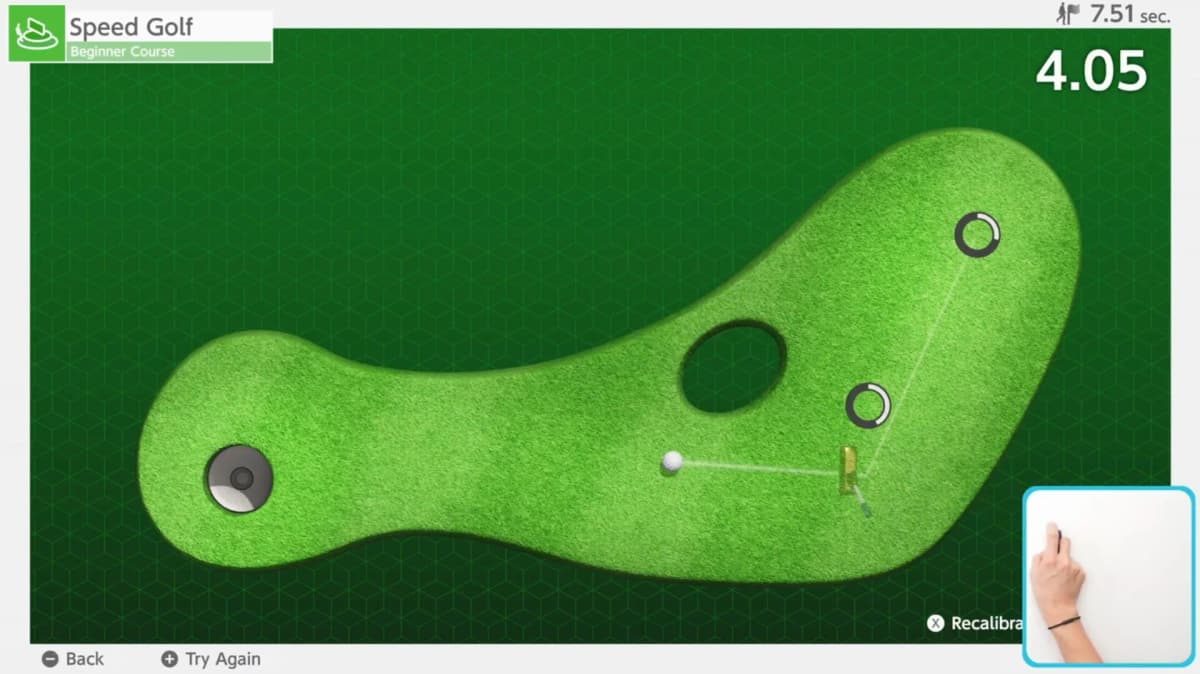
Game intel
Nintendo Switch 2
Enter a virtual exhibition and gain insights into what makes Nintendo Switch 2 such a unique gaming experience. Through tech demos, minigames and other interac…
The Nintendo Switch 2’s launch has reignited debates over platform security versus user customization. Just weeks after its debut, Nintendo rolled out an automated ban mechanism that cuts off online services at the slightest sign of unauthorized firmware or hardware changes. This article examines why Nintendo chose this path, what it means for various player groups, and how the community might react.
When the first Switch hit shelves, modders quickly uncovered vulnerabilities and released custom firmware. This fostered a lively homebrew ecosystem—emulators, bespoke apps, even unofficial storefronts. While some users relied on these tools for legitimate tasks such as backing up purchased titles or running indie demos, others used the same exploits to pirate games or cheat online.
Over time, Nintendo deployed firmware updates to seal these holes. Yet, for every security patch, hobbyists found new workarounds, sparking a perpetual tug-of-war between the company and its modding community. By the end of that console cycle, high-profile exploits were largely contained, but the cat-and-mouse game never fully subsided.
Switch 2 takes a sterner stance. Rather than staggered patches, Nintendo now conducts automated scans whenever a console attempts to connect to its online services. Detect any unofficial code or hardware modification, and the system flags the device for an immediate, irreversible ban from eShop, online multiplayer, and cloud backups.

This zero-tolerance policy marks a departure from earlier consoles, which sometimes reinstated access after appeals. Nintendo’s goal appears to be nipping piracy and unfair play in the bud—even if that risks penalizing legitimate homebrew developers and preservationists.
In Nintendo’s lexicon, “modding” covers any installation of custom firmware or hardware tweaks to run unapproved software. “Homebrew” refers to user-created applications on a modified console. Although homebrew itself isn’t illegal, its reliance on the same exploits used for piracy means all unauthorized software falls under Nintendo’s ban hammer.

Mainstream players who stick to official games face little change—they retain online play and digital purchases. But hobbyist developers, archivists, and fans importing region-locked titles now risk losing network privileges. Archival projects for rare or unreleased games could stall if consoles are blacklisted, and competitive scenes like speedrunning may hit snags when specialized toolchains trigger bans.
To preserve online access, avoid any system modifications. If you still want to tinker, dedicate a separate console for homebrew and keep it offline. For legal backups and game preservation, consider official download codes or trade-in programs, and meticulously document collections outside the hardware.

Modding communities are legendary for persistence, so defenses will be tested. Nintendo’s automated ban protocol—rigid and final—raises the stakes. Other console makers are likely to watch closely, weighing whether a similar approach could protect their ecosystems.
With the Switch 2, Nintendo enforces one of its strictest anti-modding regimes, pairing real-time detection with permanent online bans. This strategy bolsters security and curbs piracy but also sidelines legitimate homebrew and archival efforts. Users must decide: comply fully with Nintendo’s rules or forgo online services indefinitely.
Get access to exclusive strategies, hidden tips, and pro-level insights that we don't share publicly.
Ultimate Gaming Strategy Guide + Weekly Pro Tips